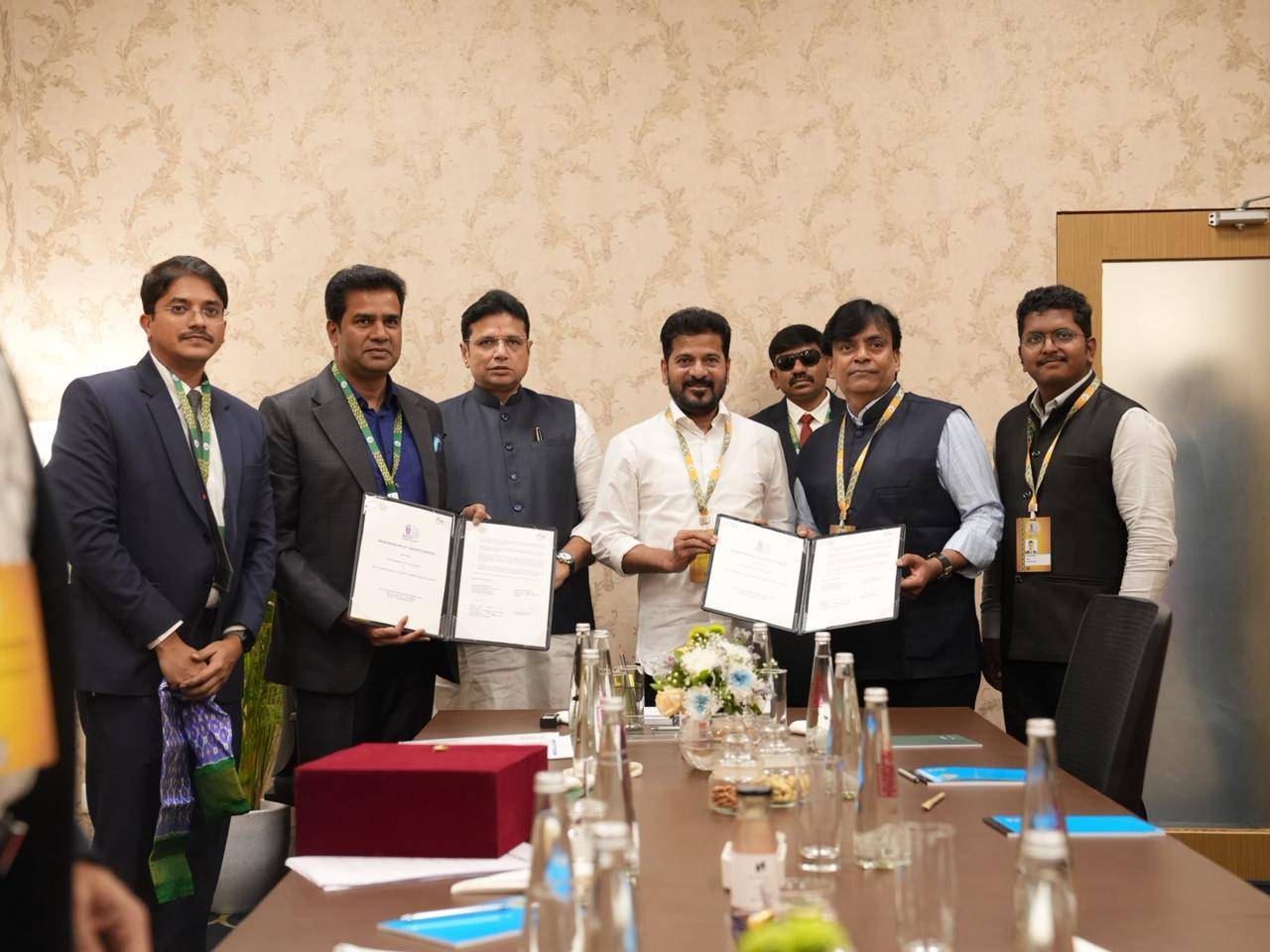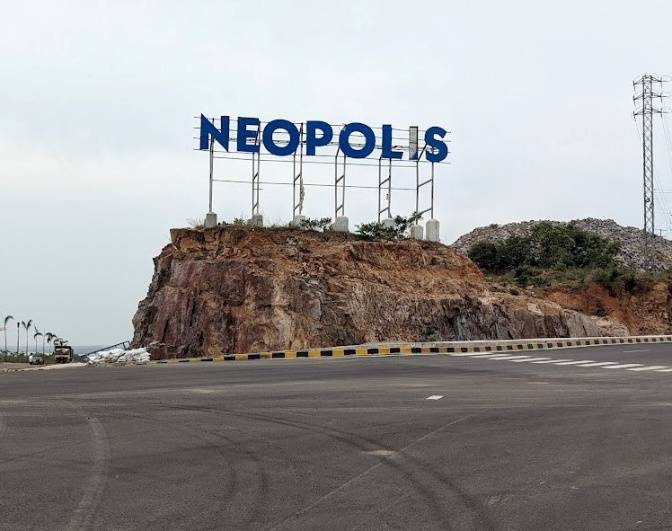Despite the state government collecting ₹600 crore under the Building and Other Construction Workers Welfare Fund up to June 2025, not a single rupee has been utilized to provide essential infrastructure or facilities for construction workers, official data accessed by TOI shows. While funds were disbursed for welfare schemes, there has been no expenditure on crucial amenities such as crèches, canteens, restrooms, drinking water, health camps, or temporary accommodations, all of which are mandated under the Building and Other Construction Workers Welfare Act, 1996.
The Goa Building and Other Construction Workers Welfare Board, constituted in July 2008 under the chairmanship of the labour minister, was set up to oversee and implement welfare measures. However, a recent performance audit by the Comptroller and Auditor General (CAG) of India revealed systemic failures in executing these measures. The audit highlighted that social security and welfare schemes intended for construction workers were poorly implemented, with only a small fraction of the collected cess spent on intended schemes, resulting in an accumulation of unutilized funds over the years.
Even where schemes were operational, the number of beneficiaries remained extremely low, pointing to inadequate outreach and enforcement. The board has failed to act on its own recommendations, including setting up women’s hostels, pilot transit sheds at select locations, awareness campaigns via FM radio and public announcements, and investments in nationalized banks for optimal returns. The CAG audit noted that such non-implementation contravened statutory provisions, weakening the board’s authority and effectiveness.
Worker registration has also been dismally low. The audit observed the absence of a robust mechanism for identifying unregistered establishments, leaving many workers without social security coverage. Awareness campaigns to encourage worker registration were insufficient, further limiting access to welfare benefits. Between 2017 and 2022, the board conducted only eight meetings against the mandated thirty, reflecting just 27% compliance. This lack of regular oversight negatively impacted the board’s ability to introduce and implement welfare schemes, register beneficiaries, conduct awareness drives, and collect and manage cess funds effectively.
Staff shortages within the board have further hindered its operations. The CAG recommended that the state government ensure adequate personnel to enable the board to function effectively and fulfil its statutory mandate. Without sufficient manpower, even well-designed schemes remain underutilized, and the intended support for construction workers continues to fall short.
The situation highlights the urgent need for administrative reforms, better monitoring, and accountability measures to ensure that welfare boards fulfill their responsibilities. Improving outreach for registration, regularizing board meetings, and prioritizing infrastructure development are critical steps to address the long-standing gaps in the system. Only with focused implementation can the substantial funds collected under the welfare cess translate into tangible benefits for construction workers across the state.









.png)